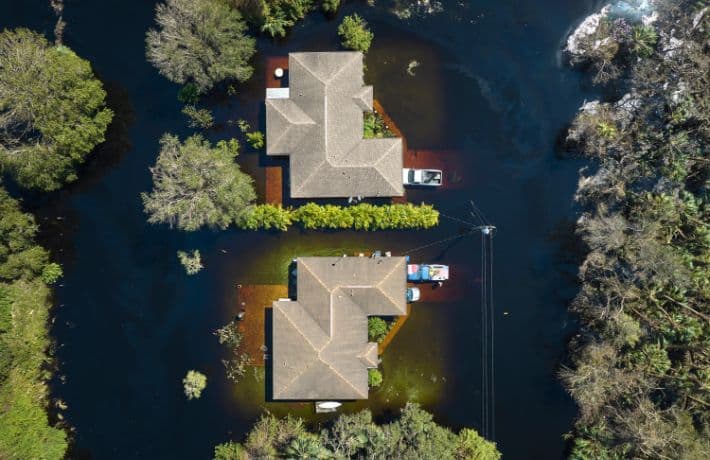Rethinking Our Nation’s Flood Standards

Is the United States moving toward using the 500-year flood (0.2% chance) for managing flood risk? There are a number of indicators this may be happening. While the nation has done a poor job at effectively using the 100-year flood standard (in place since the late 1960’s) other factors have shown that standard is inadequate. Increased storm intensity and sea level rise are perhaps the most visible factors demonstrating the inadequacy. Hurricane Harvey may have been the poster child showing just how inadequate the 100-year standard is and how the use of that standard resulted in loss of life and property in the Houston area. Many of the homes flooded during that 2017 storm were in the 500-year floodplain and beyond. As a result of this tragedy, both Houston and Harris County have adopted the 500-year floodplain as their standard, as they work towards the completion of the update of their new flood maps under their MAAPnext initiative.
More recently, two of the big programs considering use of the 500-year flood include federal agency adoption of the Federal Flood Risk Management Standard (FFRMS) and the American Society of Civil Engineers’ recent revisions on flood design loads in in ASCE 7 and potential updates to ASCE 24, which are being considered now. The FFRMS is intended to be the standard used by all federal agencies when they provide taxpayer funds for building, repairing, or improving facilities in or near flood risk areas. This past spring, HUD released its draft rules to implement the FFRMS; expressing a preference for using the Climate Informed Science Approach to defining the 100-year floodplain (or an easier way to think of this is the future conditions 100-year floodplain) or, when that is not available, using the 500-year floodplain.
We anticipate FEMA will be releasing its proposed rules to implement the FFRMS at any time. In Supplement 2 to ASCE 7 that was just released this past May, the Flood Hazard Area is increased from the 100-year floodplain to the 500-year floodplain for Risk Categories II, III, and IV structures to improve the performance of structures subjected to flood events and to meet the target reliabilities of the standard. Finally, in its recent tasking to the Technical Mapping Advisory Council (TMAC), FEMA has asked TMAC to make recommendations on the need to redefine the Special Flood Hazard Area.
These new approaches recognize that even if the 100-year standard were adequate, in many parts of the nation what used to be the 100-year flood event is now the 20- or even 5-year event. This means people who think their home or business may not be flooded are now subject to flooding more often and with more dire consequences. Although they might not have connected the dots, taxpayers are also seeing that use of the current standard is costing more tax dollars for public assistance after a flood disaster, and if the damaged facility or building is rebuilt to the 100-year standard, it is flooded again in the next big storm.
While some developers may complain the higher standard will make construction more expensive, many developers understand how important it is to save lives, homes, and businesses from losses that can be avoided. Both land use and building codes are important in this respect, which is why both FFRMS and the ASCE engineering standards are considering this upgrade.
If your community or the communities you work with are considering upgrading their flood risk reduction standards, please let us know. Tracking this trend is very important for us so we can let other communities and states know it can be done and the logic behind such increased standards. We will share these positive actions to reduce flood losses and save lives with our members and partners.
We must do something, the status quo is simply not an option anymore. For its part, ASFPM is not only participating in the discussions and providing recommendations on these larger national policy efforts, but also has plans to update its higher standards guide in the next few years. In addition, ASFPM has developed several other resources on higher standards, including resources that address No Adverse Impact approach to standards and regulations, subdivisions, infrastructure, and even floodproofing products.

